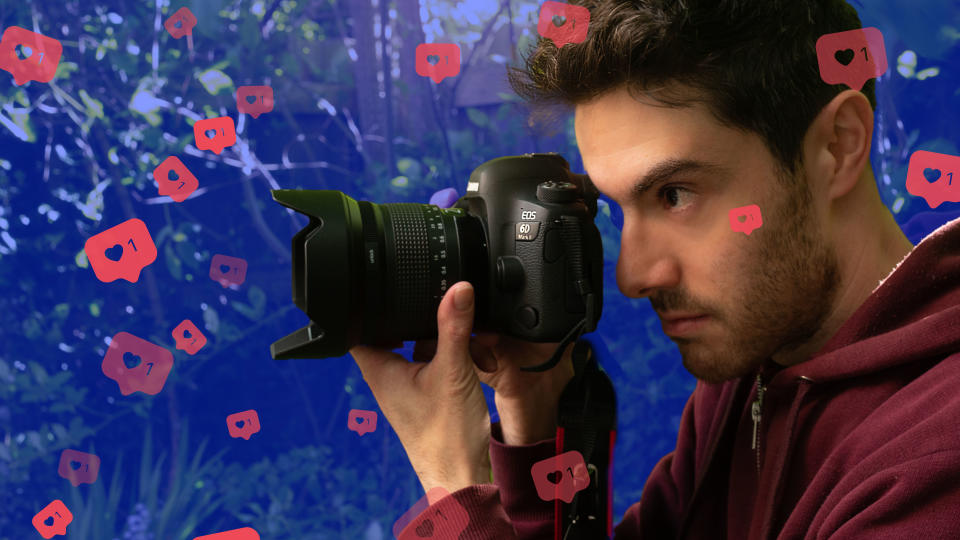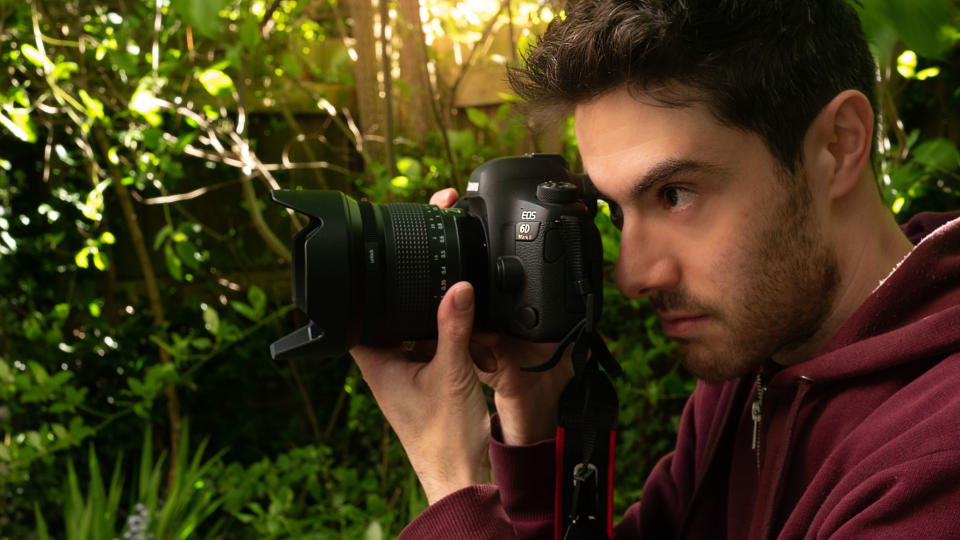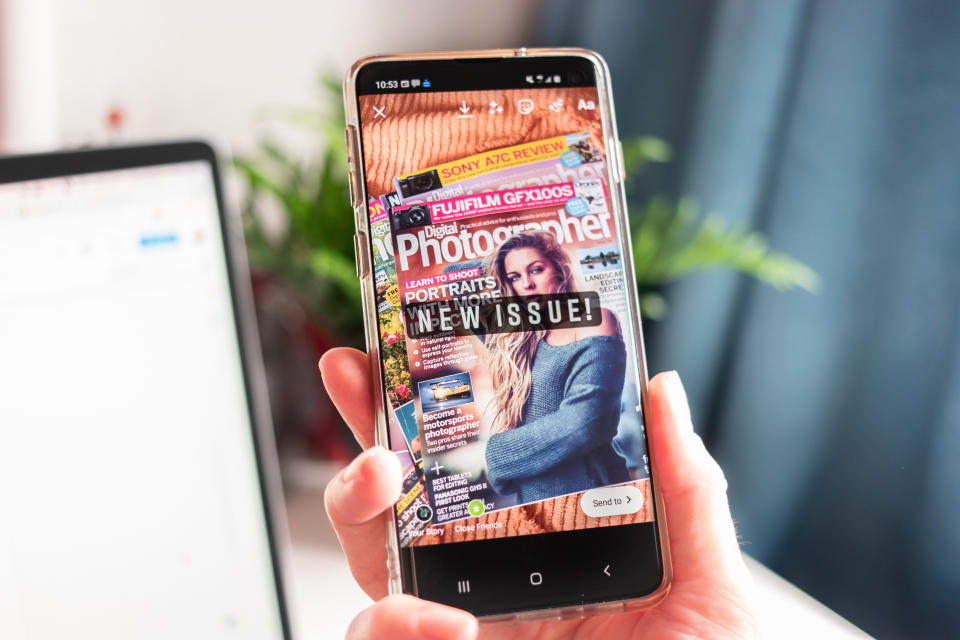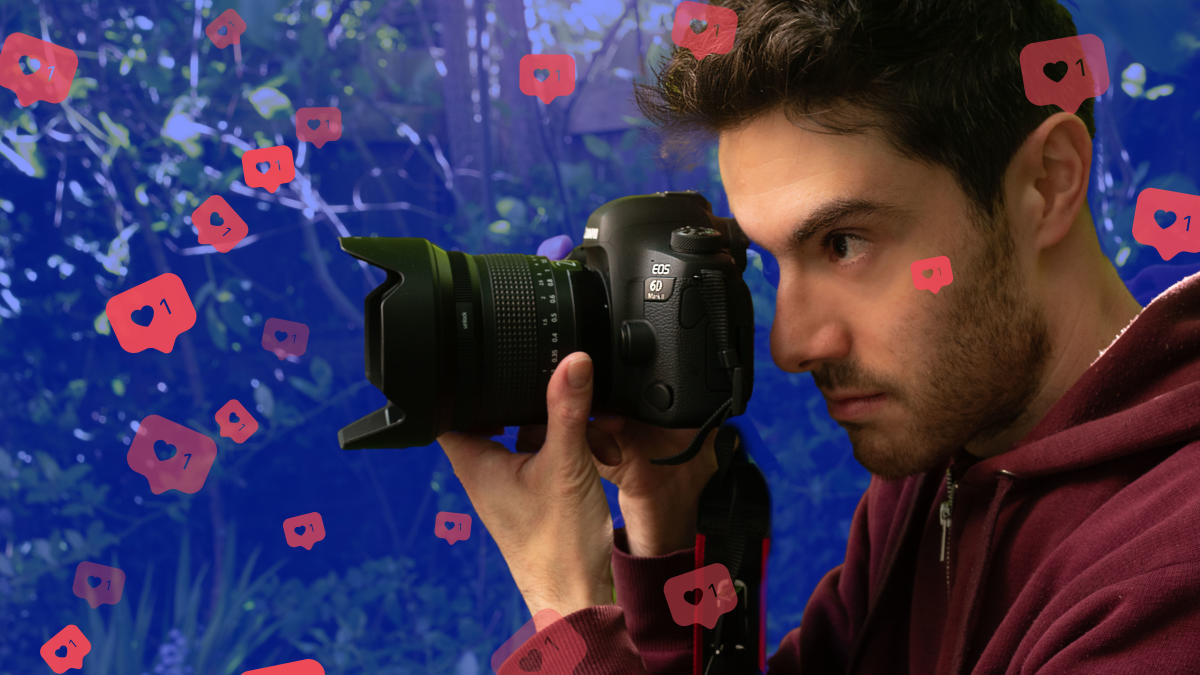[ad_1]

I remember when Instagram was a mere curiosity – a place where photographers who had grown a little tired of its precursor, Flickr, could post their images in a less crowded environment. Flickr too was the place where once all the cool photographers went to get their daily dose of ego-boosting. If you were feeling a tad uninspired, it was Flickr you turned to for moral support.
There was a special jolt of excitement when you saw the little bell icon light up, indicating that someone, somewhere around the globe, had found you worthy of engaging their finger muscle for half a second, to deliver you some creative reassurance that you weren’t just a nobody with a camera. Sound familiar?
The reason photographers tended to outgrow Flickr was that it had become an engine for mutual back-scratching, with little if any feedback that resembled constructive. The comments section was filled with statements like “Incredible!”, “Unreal!”, “Best photo I’ve ever seen!!!” and other such pronouncements of unbridled adoration. This gets old quickly. And so, in what became a common story in the mid 2010s, I left my Flickr account to gather digital dust in the corner of my desktop.
At no other time in the history of photography has any one format as aggressively forced uniformity and genericness as Instagram
Instagram, on the other hand, was fresh. It was like an empty Wetherspoons – still a bit tacky but with plenty of room to spread out and revel in the unusual quiet. You’d easily get your thirty likes, but people bothered to at least elaborate on what they loved about your images. It wasn’t a bad place to hang out. 500px was better, but if you wanted to use your phone, IG was easier.
Naturally though, it didn’t last. Of course it didn’t. As soon as people realized money could be made by posting pictures of themselves, posed with little modesty on a beach somewhere warmer, it became more about marketing than making friends. As a side note, pictures of me of that ilk were never created, in fear of crashing the platform.
This brings us neatly to the present day. Instagram is a behemoth that rules the world of content creation. Platforms that aren’t Instagram try their best to be. It’s a fake world on there, everyone knows it and yet billions of people, photographers or not, flock to its gates every day.

Why is this such a destructive pattern, I hear you ask. If people want to spend their lives showing the world how they’d like viewers to think they spend their lives, without actually living, let them! Most aren’t content creators anyway, so why the negativity with regard to ‘true’ photographers?
At one time social media was a means to an end. It was just another platform on which to display our images, albeit a particularly pervasive one. When people posted on Instagram, it was a means of gaining a little extra recognition, somewhere you knew someone had seen your work.
Today, for many photographers it is THE reason to switch on their cameras. Everything they ever shoot is bound for ‘the gram’. Whole shoots are planned purely to capture images for the platform. At face value, this might not seem a big problem. If some photographers can successfully make a living out of it, then good on them. It’s another opportunity to break into a competitive industry. However, the real damage is done by the apparent promise of fame and fortune, pedaled by the elite brand of influencers at the very top of the algorithmic ladder.

These people have a vested interest in buttering up Meta, Instagram’s current overlords. Their story is unlikely to be repeated for many new photographers, less so now than ever. IG is saturated, bursting at the seams with content. It’s neigh on impossible to rise to the top these days, so if you set up an account tomorrow, you’re pretty unlikely to be paying off your mortgage with IG-derived income by next year.
Many young photographers won’t believe this though. Fresh-faced enthusiasts streaming out of universities, photography degrees in hand, are desperate to be Insta-famous. It’s their purpose in life. The worst part is, while the photo industry has always been competitive, the platform-specific requirements of Instagram mean files shot for social functions are largely useless off-platform.
Everything is shot in portrait format, to maximize cropping possibilities on Insta. As a magazine editor, it’s all rather heartbreaking – you see a gorgeous thumbnail image packed with colour and drama, only to learn it’s a portrait format image with no alternative options. Photographers are creating entire portfolios of images which have only one function. On a magazine, we’re unlikely to print a portrait shot across a double page so, with this approach, you could very well be kissing off a sustainable income in future.

When Instagram is closed – and it will be as soon as something more profitable for Meta comes along – we need to be prepared. Photographers with good sense shoot multiple compositions of each subject they approach, so there will always be an aspect ratio to fit, should a picture editor request one. Save all of your presets and back up your Lightroom Catalog, so alternative formats can be created with minimum fuss. And never, ever ‘Save for Web’.
In my humble opinion, Instagram has its place but has forgotten what this actually is. If it acts as an encouragement to young photographers to get out with a camera and document what they see, then it earns its keep. But driving everyone who taps the icon on their home screen to shoot the exact same image as the hundreds or thousands before them, in a format that basically dooms their portfolio to editorial exile, will have a devastating effect on the photo industry over the coming years.
Stifling creativity can never be a good thing.
[ad_2]
